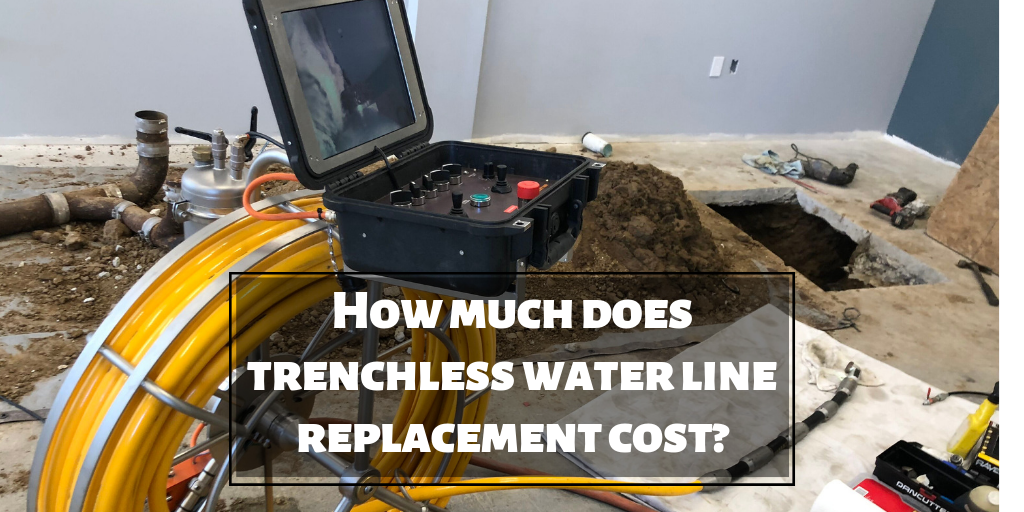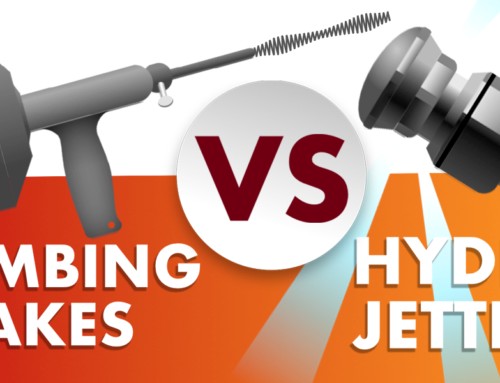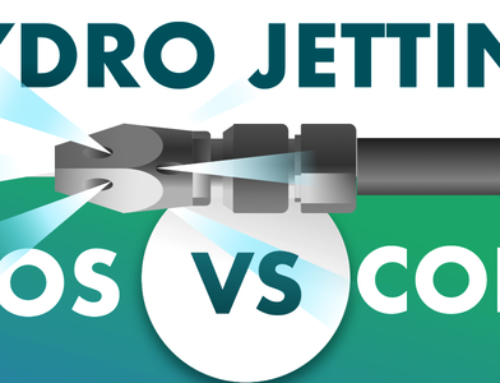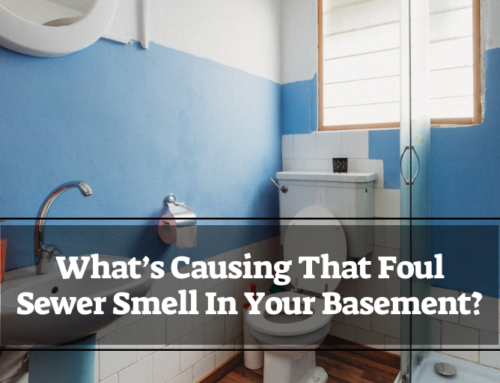Are you wondering how much trenchless water line replacement costs? If so, you’ve landed on the right page! We’re going to cover the basics of trenchless water line repair, the cost, how it compares to conventional methods, and then tell you how to find a qualified sewer repair contractor who can get the job done.
Let’s get started!
Trenchless water line repair explained
Conventional water line repair methods are highly invasive and almost always involve digging big trenches (i.e. ditches). Therefore, trenchless sewer repair is about fixing your broken water line without digging huge ditches. While trenchless methods may involve some digging (we have to access the pipe!), they aren’t nearly as invasive as old school techniques.
Because trenchless techniques don’t involve heavy excavation, there is usually no destruction of property. Your driveway or flower beds won’t need to be dug up, in other words. It’s often just a couple of 4ft x 4ft pits to access the pipe and then the grass is put back after the repair.
For more in-depth information on trenchless water line repair see What Are The Pros And Cons Of Trenchless Sewer Repair?
What is the cost for trenchless water line replacement?
The cost of repairing your damaged water line using trenchless methods depends on a few different factors including…
- Your location: Obviously, if you live in an area with a high cost of living you’re going to pay more for everything, including sewer repair. If you live in Los Angeles or Orange County you will definitely pay more than someone living in rural Oklahoma.
- The trenchless method: There are a variety of trenchless methods out there for repairing damaged water lines. The cost of the repair will depend on which one was used.
- Size of pipe: While larger pipes are usually more expensive to repair because there are more materials involved, smaller pipes are harder to rehabilitate. Therefore, some contractors will charge more to repair a 2-inch pipe than they do an 8-inch pipe.
- Shape of pipe: The felt liner used in structural pipe lining to create the new pipe-within-a-pipe tends to get tangled if it has to go around too many 45 or 90 degree bends. Therefore, if the damaged pipe has a lot of twists and turns, the contractor will need to dig additional access points. This increases the cost of the repair.
- Where the pipe is located: Even though trenchless methods are a lot less invasive than conventional methods, there’s still usually some digging involved in order to access the damaged pipe. Sometimes, even with trenchless techniques, it may be necessary to damage a lawn, driveway, or flower bed in order to get at the pipe. However, even when this happens, the excavation is still far less invasive than it would be using old school methods.
- The condition of the pipe: The condition of the pipe usually does not affect the cost of the repair. It’s more about whether or not it’s even possible to use a trenchless technique to fix the damage. There are a couple of exceptions though. If the damaged pipe is backpitched (i.e. wastewater is flowing back toward your home instead of away from it) or collapsed, it will be necessary to dig up the pipe in order to replace it.
Additional costs
- Inspection – The contractor will need to perform an inspection of the damaged pipe before any repairs can take place. Some contractors charge for this while others won’t charge you if you hire them to do the work. You’ll also find contractors out there who still offer free inspections.
- A lot of corrosion or build up – The damaged pipe needs to be cleaned and prepped before structural pipe lining or spray lining. If there’s a lot of corrosion or build up, removing it will increase the cost of the repair.
- Number of branches or tie-ins – Drainage pipes all have branches. If a section of pipe is rehabilitated using structural pipe lining there’s a possibility that the felt liner will block one or more branches. If so, those branches will need to be reinstated after the pipe lining is done. This increases the repair cost.
Cost of trenchless water line repair vs conventional methods
First, let’s take a look at the cost of conventional methods…
Conventional water line repair methods are somewhere around $175.00 per linear foot. This will include the cost of replacing the grass. However, it will not cover any damage to your driveway, landscaping, floors, walls, etc. It also doesn’t cover the cost of staying in a hotel while the contractor is working.
Now, let’s see the cost of trenchless repairs…
Pipe lining: Plan on spending anywhere from $135.00 to $185.00 per linear foot.
Pipe bursting: Generally, somewhere between $145.00 and $195.00 per linear foot.
Spray or brush lining: From around $280-$285 per linear foot.
Remember, these prices will vary according to where you live.
Finding a trenchless water line replacement contractor
Not every sewer repair and replacement contractor does trenchless work. So, you will probably need to call around in order to find a contractor. When you find one, you’ll need to make sure they’re experienced and that they own their equipment. This is important because the equipment necessary to perform trenchless work is extremely expensive. If a contractor doesn’t own their equipment, it’s a sign they aren’t that experienced.
Also, make sure the contractor is both licensed and insured. Read any reviews and if possible, ask someone you know and trust if they would recommend the contractor.
Finally, make sure you get a written estimate of the work to be done. It should include a description of the repair, the materials to be used, the total cost, start and finish dates, and if any permits are necessary, it should state who is responsible for getting them.
We’re Sewer Pros, a licensed and insured water line repair and replacement contractor serving both Los Angeles and Orange County. We are fully qualified to fix your damaged drainage pipes using trenchless methods. Contact us today to find out how we can save you both time and money!








Leave A Comment